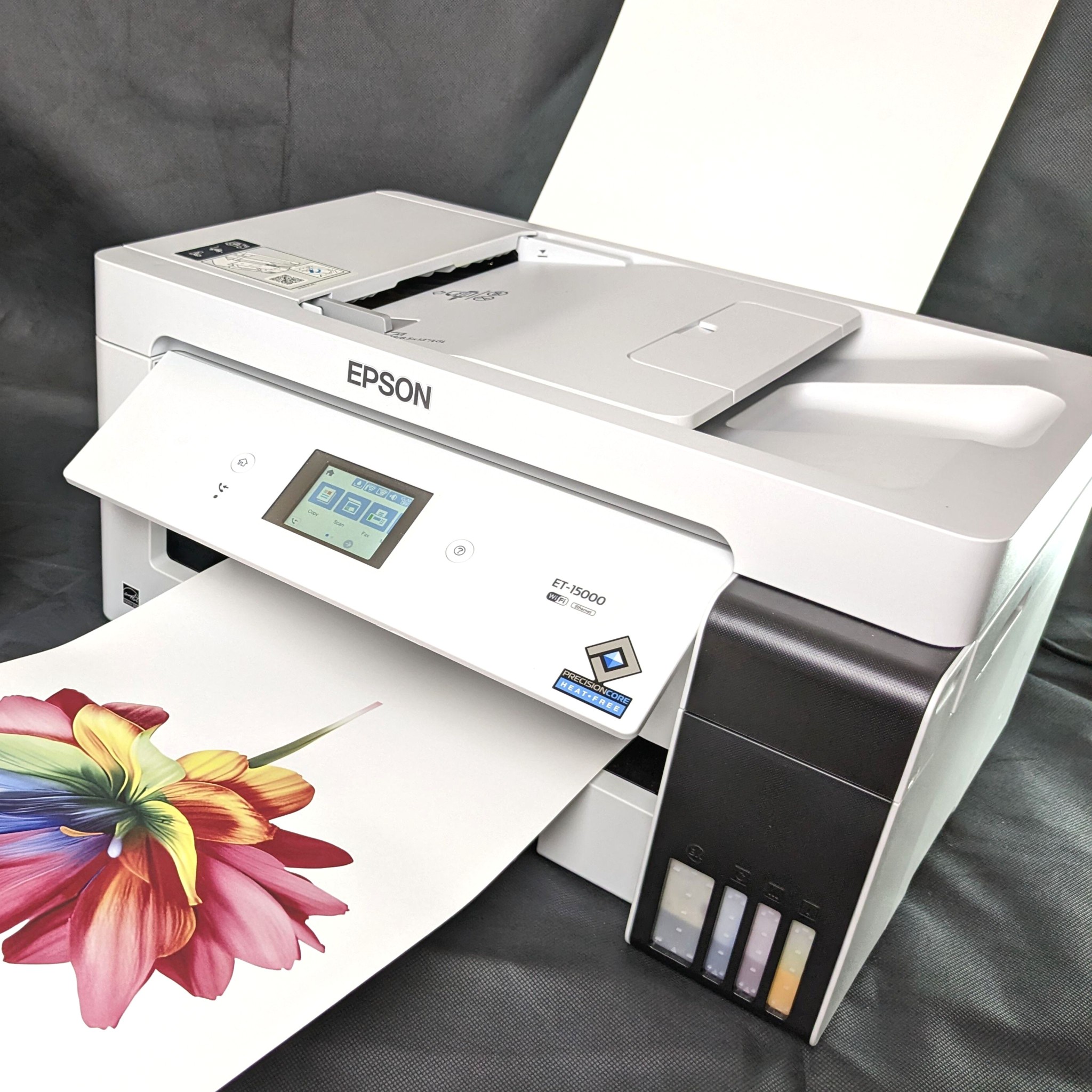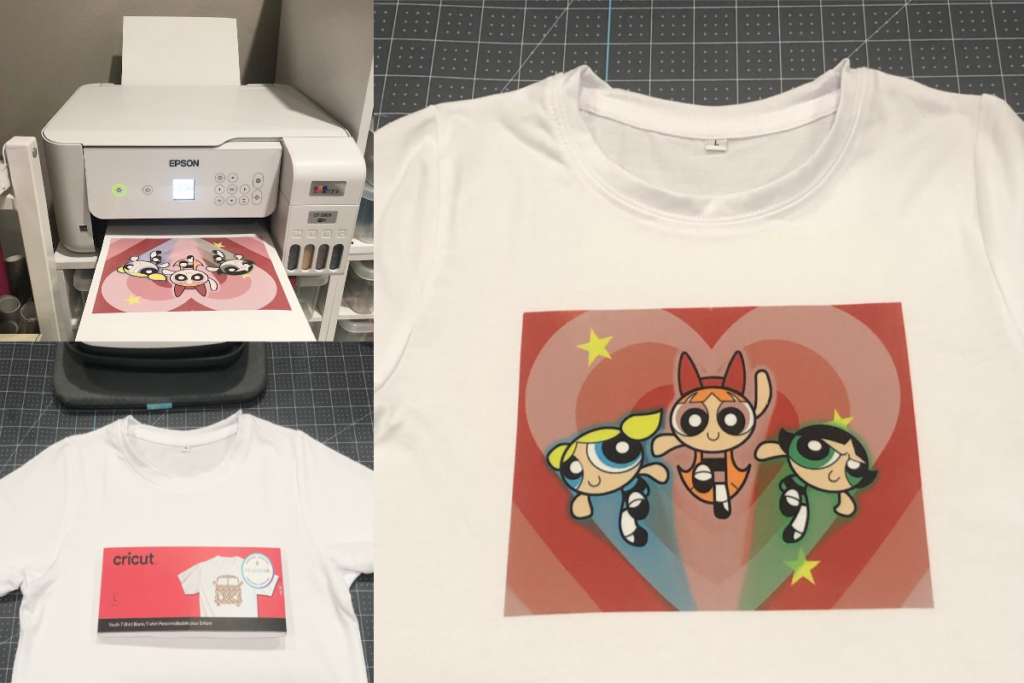Check Out the very best Branded Clothing for each Occasion and Design
Check Out the very best Branded Clothing for each Occasion and Design
Blog Article
A Comprehensive Guide to the Various Sorts Of Fabric Printing Techniques
Each approach, from the precise workmanship of block printing to the fast efficiency of display printing, serves special purposes and supplies distinctive benefits. Digital printing's flexibility and environmental awareness stand in plain comparison to the speedy customization of warm transfer printing.
Block Printing
Block Printing, among the earliest techniques of textile design, has an abundant background that goes back to old human beings. Stemming in China around 220 A.D., this method later on spread out to India and eventually Europe. The process involves carving intricate styles into wooden blocks, which are then dipped in dye and pressed onto fabric to develop patterns. This method is noteworthy for its capability to create very detailed and repetitive designs.
The precision and craftsmanship entailed in block printing make it a labor-intensive procedure, yet it additionally permits a high level of modification. Craftsmens can develop special patterns by integrating various blocks or varying the application of color. This versatility has actually added to the long-lasting appeal of block printing in both modern and traditional fabric layout.
Block printing is specifically valued for its visual qualities, including the small variants in pattern and shade that arise from the hand-printing process. These flaws lend an one-of-a-kind personality to each piece, distinguishing it from mass-produced textiles. In spite of advances in contemporary printing modern technologies, block printing remains a treasured strategy, celebrated for its historic relevance and imaginative value.
Display Printing
Screen printing, one more noticeable textile decor technique, has actually reinvented the market with its effectiveness and flexibility. This approach involves producing a pattern, called a display, and using it to apply layers of ink on the printing surface. Each color in the design needs a separate display, which permits lively and elaborate multi-colored prints.

One of the essential benefits of screen printing is its adaptability to numerous types of materials, consisting of cotton, polyester, and blends. This strategy is especially suitable for large-volume orders because of its cost-effectiveness and speed. The durability of the prints is one more substantial advantage, as the ink bonds well with the textile, ensuring durable layouts that withstand several washes.
As soon as dried out, the layout is transferred onto the emulsion-coated screen using a UV light source. Ink is after that pushed via the pattern onto the textile making use of a squeegee.
Display printing is widely used in the fashion business, advertising items, and customized apparel. screen printing Its ability for high-quality, in-depth prints protects its standing as a keystone technique in fabric printing.
Digital Printing
Digital printing has promptly become an innovative technique in the textile market, leveraging sophisticated modern technology to create high-resolution designs straight onto textile. Unlike traditional techniques, digital printing uses inkjet printers to down payment pigment or dye-based inks onto textiles, enabling elaborate and dynamic patterns with an amazing degree of information and color precision.
One of the main advantages of electronic printing is its flexibility. This approach permits for on-demand printing, which substantially decreases waste and reduces stock prices.
Additionally, digital printing is environmentally friendly. Branded clothing. It utilizes water-based inks and needs less water and energy compared to traditional strategies, aligning with sustainable methods. The accuracy of digital printing likewise permits using a bigger variety of fabrics, including cotton, silk, polyester, and blends, guaranteeing adaptability throughout numerous applications
Warm Transfer Printing
Exactly how does warmth transfer printing reinvent material style? Warmth transfer printing entails utilizing warm and stress to transfer a design from a specifically created paper onto fabric.
Among the main benefits of warmth transfer printing is its capacity to produce high-quality, detailed photos swiftly and efficiently. It is particularly fit for tiny manufacturing runs and custom-made orders, making it a popular choice for individualized clothing and marketing things. Furthermore, this strategy is flexible, fitting various kinds of materials consisting of cotton, polyester, and blends.
Furthermore, heat transfer printing is reasonably affordable contrasted to other techniques, as it calls for marginal arrangement and reduced initial investment - sublimation printing. This price, paired with its capability for producing vivid, long lasting prints, emphasizes its pivotal duty in modern-day textile design

Dye Sublimation Printing
Dye sublimation printing, a sophisticated fabric printing method, offers unmatched vibrancy and durability for styles on different synthetic fabrics. The published transfer paper is then positioned on the textile, and both are subjected to high warm and pressure using a warm press.
One of the a knockout post key advantages of color sublimation printing is its capacity to produce continuous-tone prints with lively colors and complex details. Unlike various other printing techniques, the color enters into the try these out material instead than sitting on top of it, causing a soft and breathable surface. This method is particularly reliable on polyester and various other artificial products, making it a popular choice for sportswear, banners, and home fabrics. In addition, color sublimation is environmentally pleasant, as it calls for no water and generates marginal waste, aligning with lasting production methods.
Conclusion
Block printing is respected for its artisanal quality, while display printing is helpful for high-volume production. Digital printing provides convenience and ecological benefits, whereas warm transfer printing is optimal for rapid modification.
Each technique, from the careful craftsmanship of block printing to the rapid effectiveness of screen printing, offers one-of-a-kind purposes and offers distinct benefits. Digital printing's adaptability and environmental awareness stand in stark contrast to the swift customization of heat transfer printing. Despite advances in modern-day printing innovations, obstruct printing continues to be a valued technique, commemorated for its historical value and imaginative worth.
Dye sublimation printing, an innovative fabric printing technique, supplies unparalleled vibrancy and durability for styles on various synthetic textiles. Digital printing gives versatility and environmental benefits, whereas warm transfer printing is optimal for quick customization.
Report this page